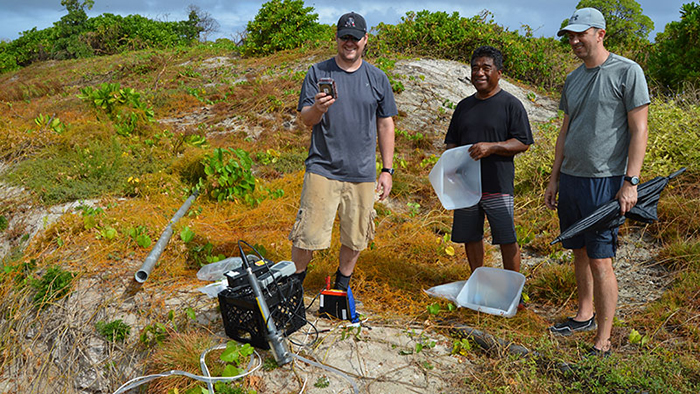Scientists Are Still Detecting Radioactivity From Pacific Nuclear Tests in The 1940s

In case you had forgotten just how long-lasting the effects of nuclear fallout are, scientists have reported on radioactivity levels across nuclear sites used from 1946 to 1958. Their results show that the toxic after-effects are still being felt.
Across the remote Marshall Islands in the Pacific Ocean, where the US ran a total of 66 nuclear tests across 12 years, levels of radioactivity remain up to 100 times higher than surrounding waters.
The amount of caesium and plutonium in the Marshall Island lagoons has decreased since the 1970s. But regularly taken measurements show that these elements continue to seep out of sediment and groundwater, according to the researchers from Woods Hole Oceanographic Institution (WHOI) in Massachusetts.
"The foundations of these island atolls are ancient coral reefs have the porosity of Swiss cheese, so groundwater and any mobilised radioactive elements can percolate through them quite easily," says one of the team, Matt Charette.
That percolation doesn't seem to be happening right now, but the scientists are warning that close monitoring is essential in the future.
No comments:
Post a Comment